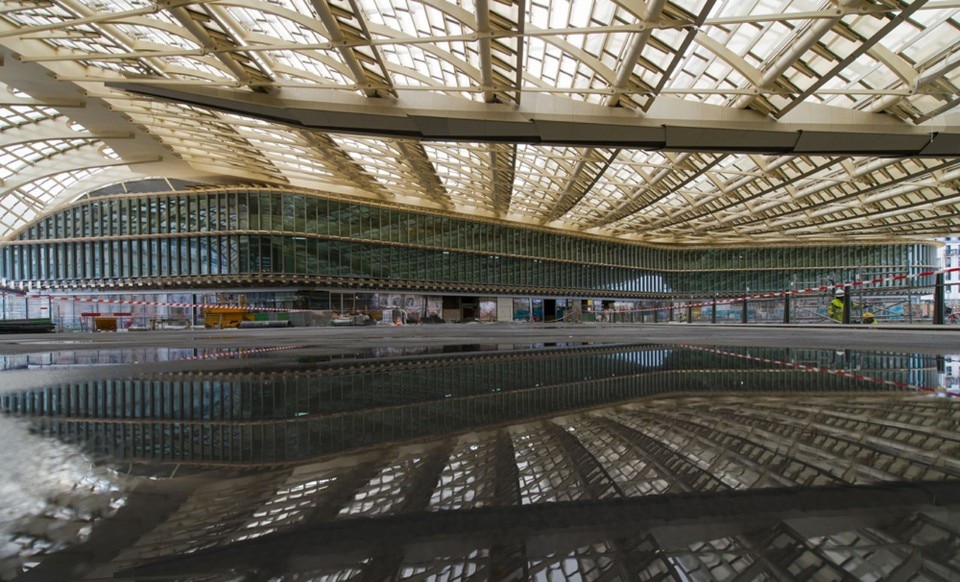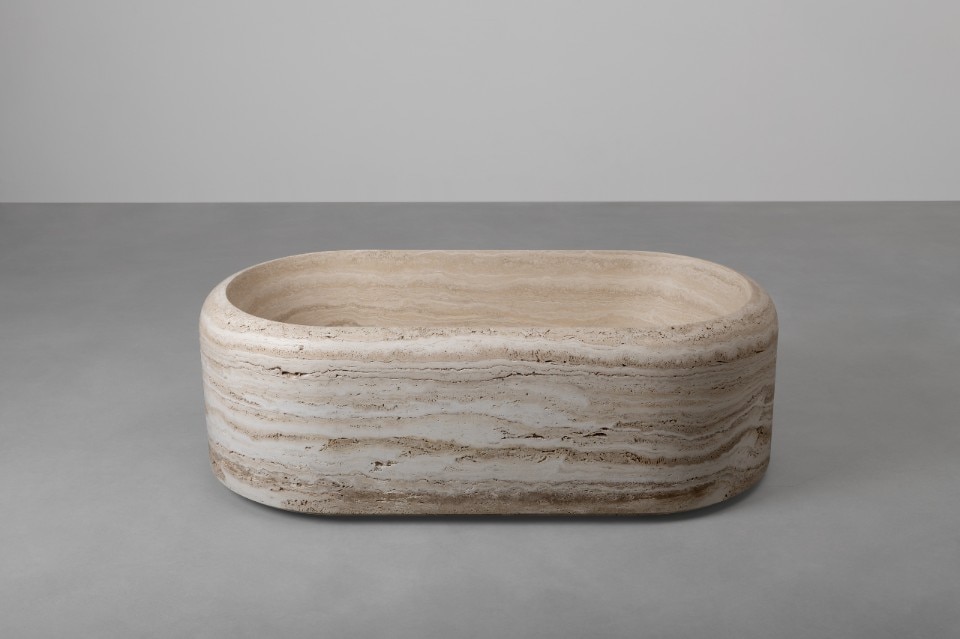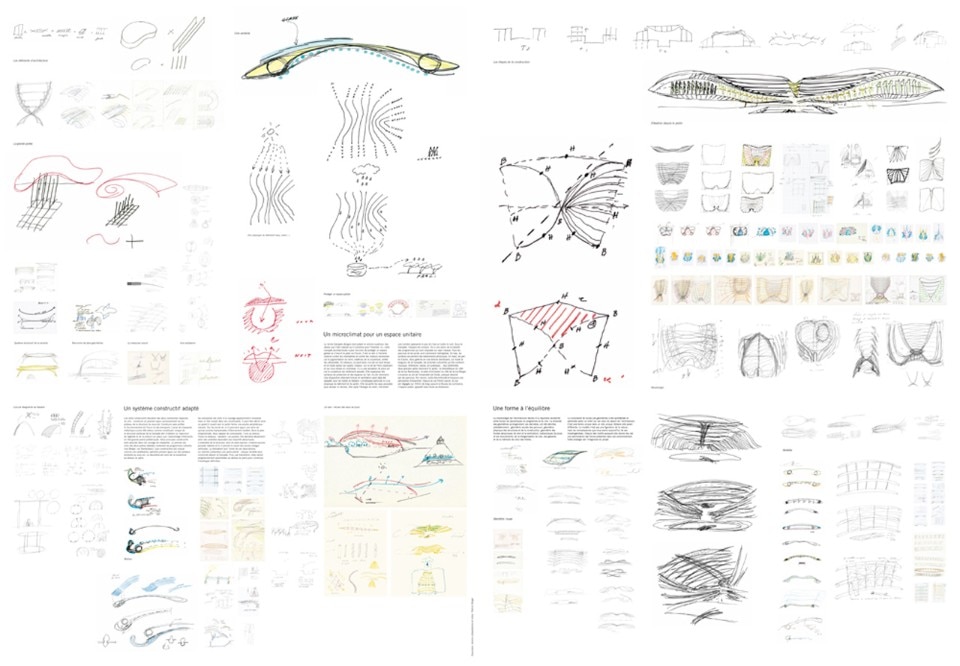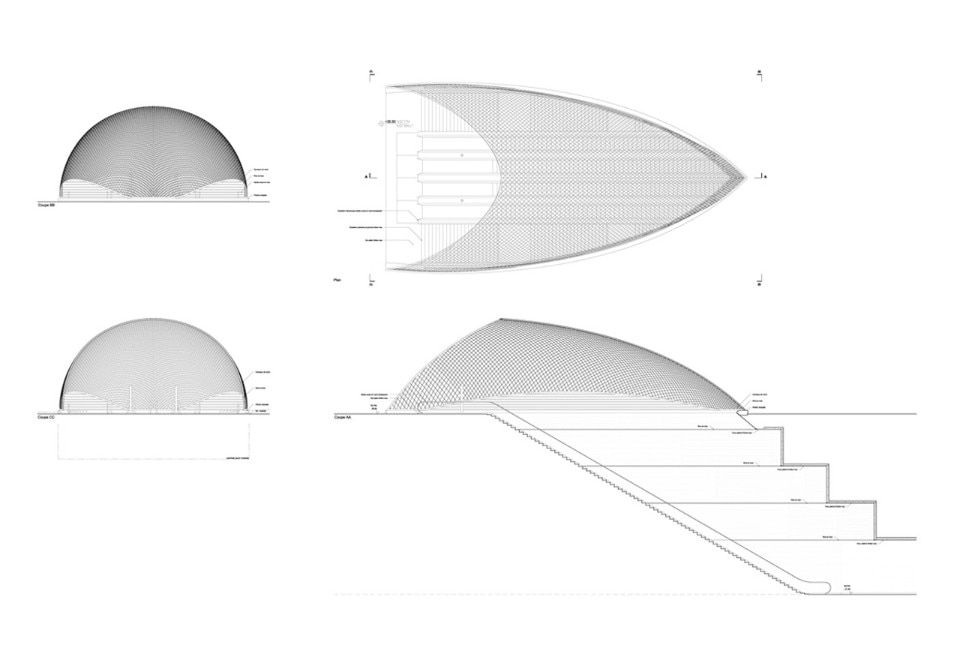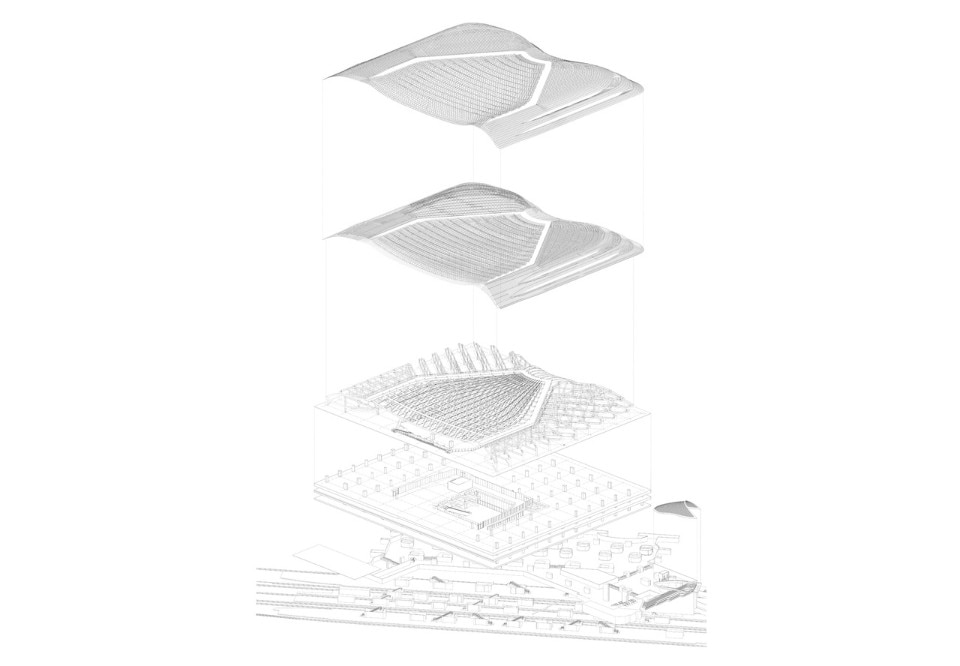The site of the central market place that Zola called “the belly of Paris” was demolished during the 1970s, creating a hole that was called for several years the “pit of Paris” until the Forum was built. Consisting of several distinct works layered on each other, the site comprises a true urban underground zone that extends up to 24 m high spread out over five levels, and 500 m lengthwise up to the Place du Châtelet.
The Forum des Halles will welcome some 37 million visitors each year in an expanded area including 66,000 m2 commercial spaces, as well as the 800,000 travelers who daily pass through the largest interurban transport hub in Europe.
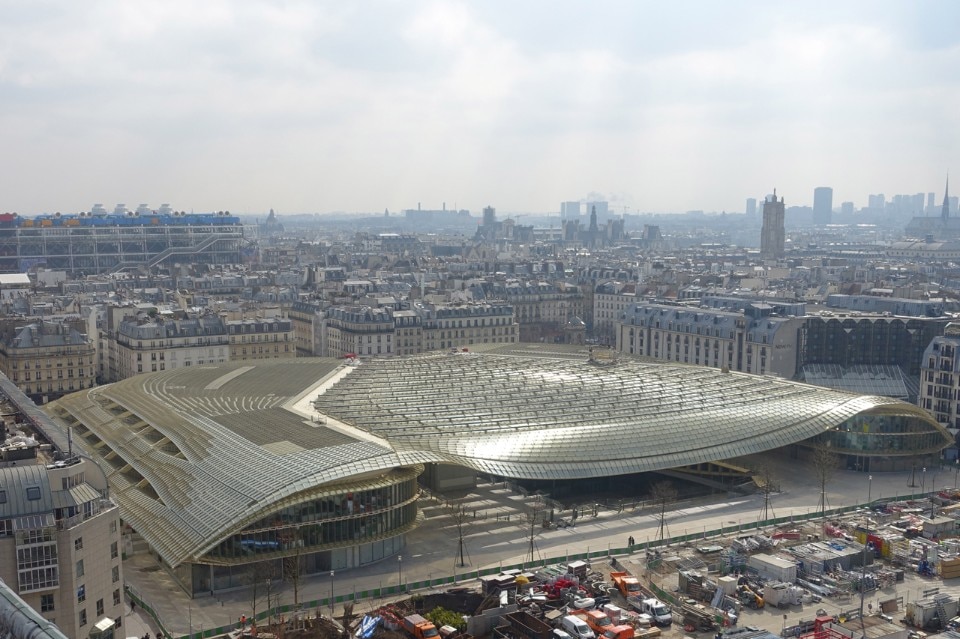
The dynamic elements of the site guided the idea of the Canopy. Its curvilinear and organic forms are the result of observations and analyses of the natural and human-made forces that act on an urban environment (rain, wind, pedestrian traffic, memories of place, the neighborhood). Before he translated these into a geometric design, Patrick Berger set down the train of his reflections in an impressive amount of sketches. Under the vast shelter of the Canopy, some 18,000 glass shells diffuse a soft light whatever the weather forecast, so that the interior temperatures are maintained without undue energy consumption.
Entirely rebuilt, the underground spaces of the station have been enlarged. From both sides of this envelope run two wings housing 14,000 m2 of cultural facilities: a music conservatory on the south and a media center, a cultural center and a “home for amateur practitioners” in dance, music, and theater on the north. The self-contained structure of the Canopy rests on posts from the existing infrastructure of the Forum while not exerting any load-bearing pressure.
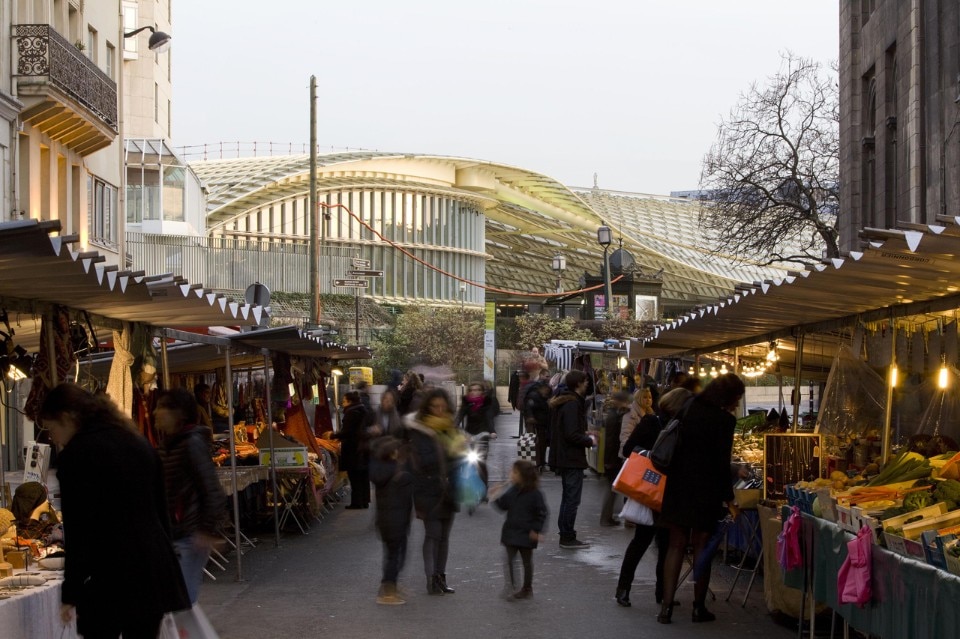
The multileveled development has been designed with a focus on visual transparency, to easily orient visitors as to their location and give them a sense of the overall space. Traffic patterns are demarcated by visual clues: deploying the two wings face to face allows pedestrians to have a clear view of passageways and activity spaces. The reorientation of the main entry by the gardens offers a new perspective to the surrounding area and creates a natural axis between the Pompidou Center and the Bourse de commerce.
The constantly growing flow of pedestrian traffic is now channeled by this new gate of Paris that rises to symbolize the urban reality of this site.
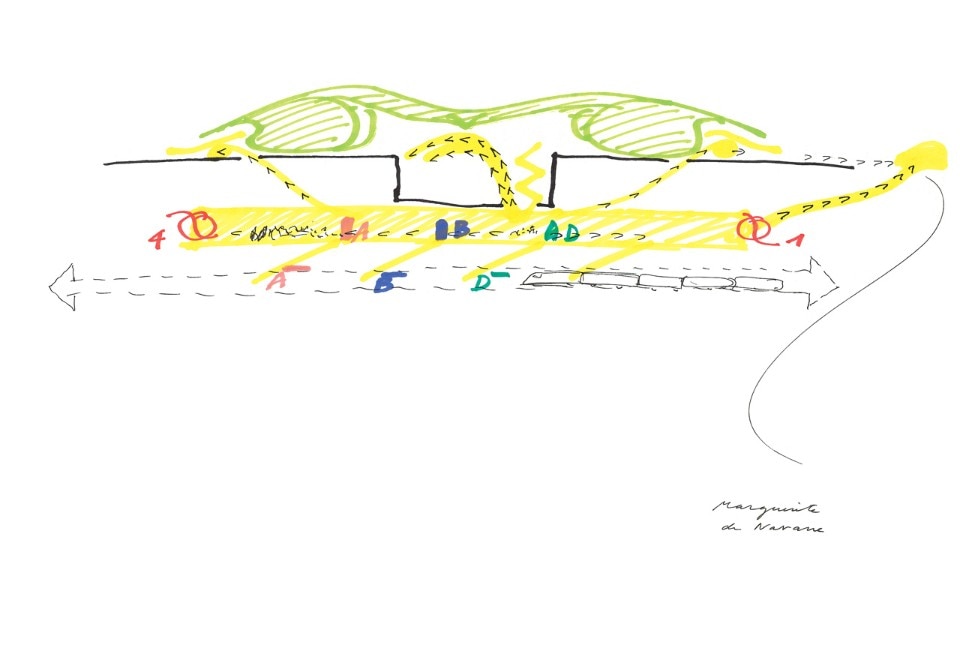
La Canopée des Halles, Paris
Architects: Patrick Berger and Jacques Anziutti
Architectural design: Patrick Berger
Assistants Chief: Mathieu Mercuriali
Technical: G. Sellier and O. Musset
Site: V. Grage, C. Teuschl, K. Jannot, A.Lebret (en 2015)
Engineering Structure, fluids, economy: Ingérop conseil and ingéniérie
Envelope and elevations: Arcora, Emmer Pfenninger
Acoustic: Acv
High Environmental Quality: Base consultants
Lighting: Ingélux
Modeling: Patrick Berger and Jacques Anziutti with Design to production; Ingérop with Decode
Security: Vulcanéo
Scenography: Changement à vue
Glass master: Emmanuel Barrois
Fountain master: J-M Lorca
Project management: Ville de Paris / Sempariseine
Principal company: Vinci – Chantiers modernes construction
Châtelet–Les Halles station
Architects: Patrick Berger and Jacques Anziutti
Architectural design: Patrick Berger
Assistants Design: Julien Abinal with Mathieu Andrieu and Mathieu Mercuriali
Site: M. Aurenche, A. Feuillade
Engineers: RATP ingénierie, Ingérop Conseil et ingénierie
Aedicule structure: Ingérop - Muttoni & Fernandez
Acoustic: ACV
Lighting: Ingelux
Visitor information: Attoma
Project management: RATP
Contractors: Sogea TPI, Vulcain
Year: 2016
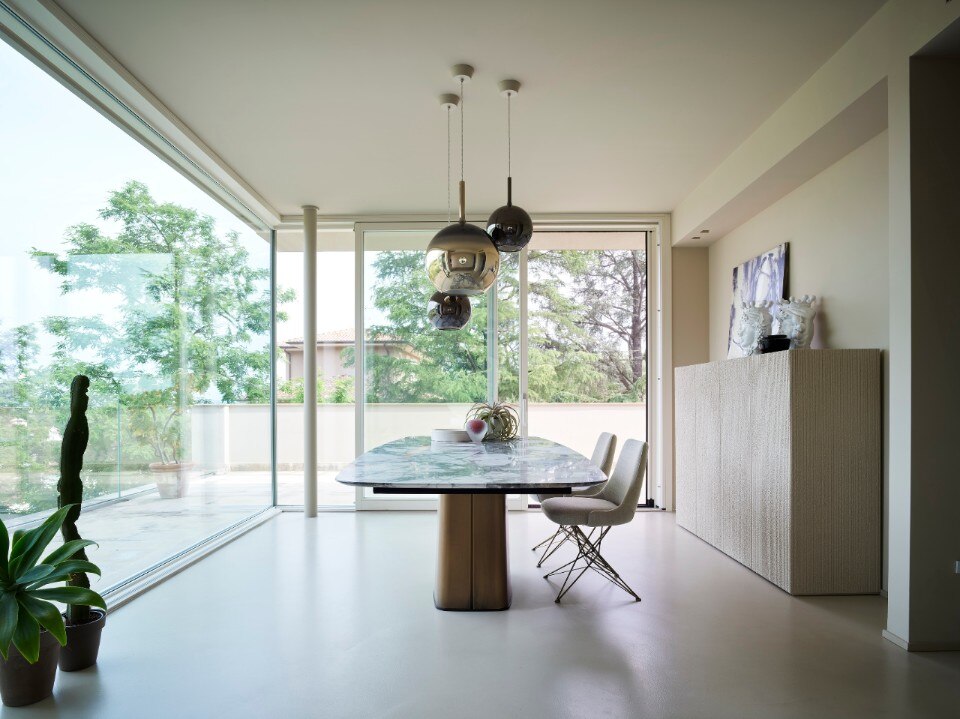
What if the edge could connect?
FLAT is the flush window born from a deep dedication to design; it speaks the language of architects, integrating seamlessly into diverse contexts.



